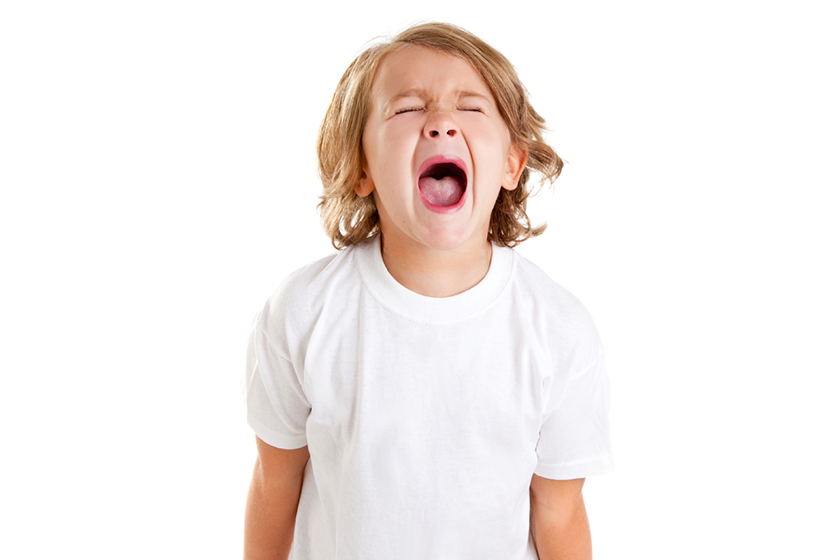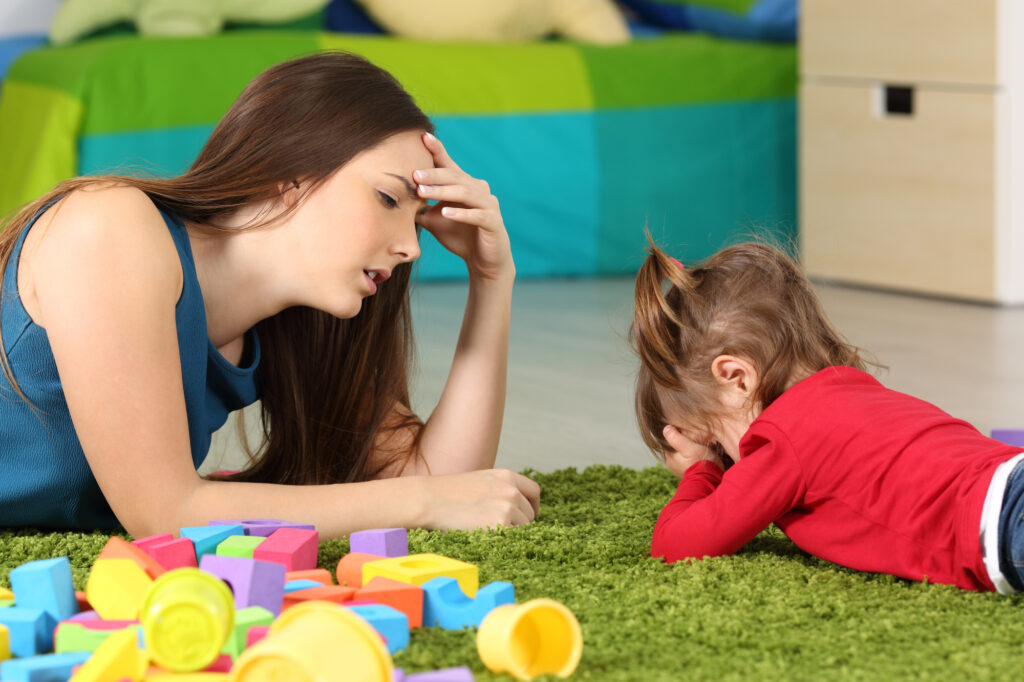
Too often, when a child begins to exhibit emotional or behavioral problems, parents find it hard to speak up. If you suspect your child has a mental illness, such as depression or anxiety, don’t be afraid to ask for a second opinion. Talk to your child’s doctor and teachers to see if they have noticed any of the behaviors that concern you or if they’ve seen any difference in your child. There are many services available to you and your child.
You might be weary of trips to the grocery store that end in screaming, or heartbroken that your child does not know what to do at a playground. But things do not always have to be this way. The road to improving behaviors starts with believing that your child – no matter what their behavior looks like now – can change with the right support and knowledge. An important first step for parents of children with disabilities is to understand why behavior problems are happening in the first place.
How do you think your child looks at the everyday world? It’s useful to consider this because, for many children with disabilities, tantrums are a sign of frustration with their world. Maybe they can’t communicate the way they want to or process all the information coming at them. For children with sensory issues, ordinary sights, sounds, smells, tastes, and touches can be almost painful, causing a behavioral reaction.
There are changes you can make at home to help lessen the chaos, empower your child, and give your family a gentler life. For example, many children do better with visual cues or pictures rather than words alone. I give more ideas below.
Don’t forget about taking care of yourself too. Sometimes trying to correct behaviors is just too much, and you need to take a break or a respite to get everyone back on track.

The following list has some ideas and strategies for changing behavior (also known as behavior modifications):
- Structure: Create a daily schedule that your child can count on, including school, meals, and bedtime. If they know what is coming next, they’ll be less likely to have a tantrum when changing from one activity to another.
- Recognition and rewards: In your child’s world, they might often hear what went wrong. Showing them you notice every new skill – no matter how small – and rewarding good behavior will give better results than punishing unwanted behavior; punishment only teaches your child that a tantrum gets attention. Be creative about celebrating successes and small victories. For younger children, consider setting up a behavior chart at home, giving stars for good days and prizes at the end of the week.
- Redirection: You can point your child’s behavior in a new direction. For example, if they are screaming, you can encourage them to do a task or focus on something else. Instead of being punished for screaming, they are given the power to make a different choice.
- Siblings: They play a defining role in your child’s life, so it’s important that siblings know why their brother or sister needs a different approach to daily tasks.
- Individualized Educational Plan (IEP) and school: If your child has an IEP, check that it matches your approach at home. The IEP may need to include a Behavior Intervention Plan (BIP) that describes positive strategies to help your child be successful and address behavior that you don’t see at home. Make sure the teacher is using these behavior strategies and modifications in the classroom.
- Safety: Violence needs more attention than other challenging behaviors. Parents might want to talk to a behavior specialist, counselor, or social worker about a child’s safety and mental health needs.

Behavioral Health and Mental Health: What’s the Difference?
It’s helpful to know if your child’s behaviors are more of an issue with their behavioral health or their mental health. This might be hard, because there is no official definition of the difference between them. What one person sees as a behavioral health concern, another might see as a mental health concern. But here are some basic definitions:
- Behavioral health: This is about improving behaviors through changes (modifications) or new ways of communication. Parents, siblings, classroom teachers, and others can learn different ways to connect with a child, new ways to communicate, or how to modify situations and settings.
- Mental health: This refers to a sense of well being in the mind. Mental health treatment goes beyond modifying behaviors and might include a specific diagnosis, like depression, anxiety or attention deficit hyperactivity disorder (ADHD). Mental health conditions are treated with therapy.
Getting a diagnosis is helpful for finding the right help for your child, but this can take time and the diagnosis may change as your child grows and develops. The important thing is to start getting treatment and support early, even if the diagnosis is unclear.
Strategies for changing behavior, like the ones I described above, can help children with mental health conditions as well. Behavioral interventions, in addition to other mental health treatment, help children start to take control of their actions and reactions.


0 Comments